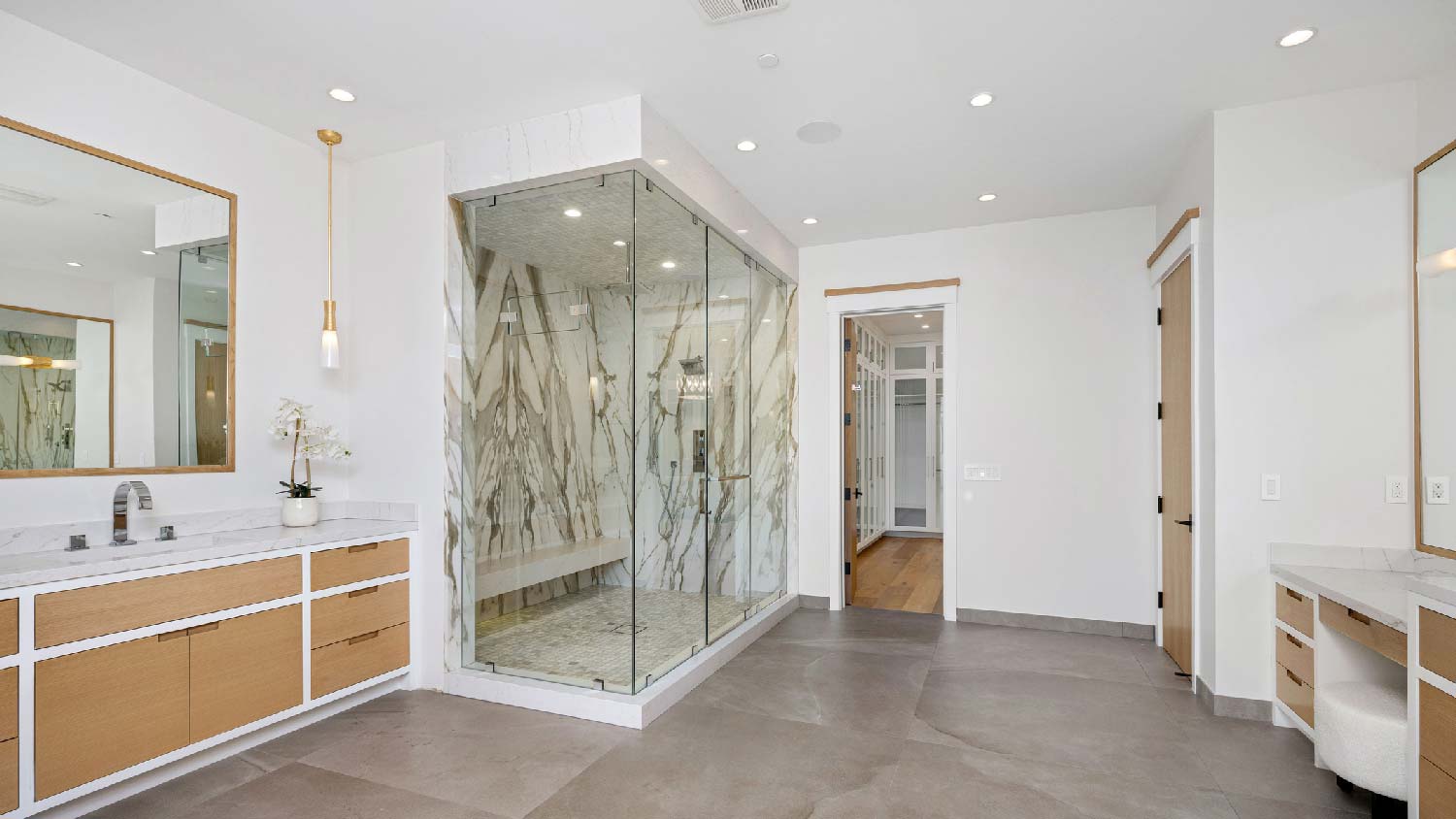Does Vinegar Kill Mold and Mildew?
A little vinegar, patience, and elbow grease go a long way in killing mold and mildew


Vinegar is an affordable way to kill mild mold infestations.
Do not mix vinegar with hydrogen peroxide or bleach.
Do not use vinegar on stone, hardwood, or stainless steel.
Regularly inspect your home for water damage to prevent mold.
Seek a pro if the infested area is larger than 10 square feet.
Vinegar is an affordable, effective, and less toxic way to get rid of mold and mildew in your home. In many ways, vinegar is a natural mold killer, and it also stifles the growth of a wide assortment of fungi and other microorganisms. Learn more about how to use vinegar to kill mold and mildew, and when it’s time to call in a pro.
Will Vinegar Kill Mold?
Yes, vinegar will kill mild mold infestations typically found at a surface level. To be effective, vinegar must have an acetic acid level of at least 4-4.2%. Cleaning vinegar has about 6% acetic acid. For comparison, the distilled white vinegar found in the typical grocery store is about 5% acetic acid and 95% water.
Vinegar is slow acting, as it takes about an hour to work. Even then, you may see discoloration and stains from the mold that may need more scrubbing with another stronger household cleaner. If the mold infestation goes beyond the surface level or you suspect there may be black mold, you’ll need to call a local pro for removal help.
Do not mix vinegar with hydrogen peroxide or bleach. Mixing vinegar with hydrogen peroxide creates a toxic chemical that can irritate your skin and eyes. Combining vinegar and bleach can create a toxic chlorine gas.
How to Clean Mold With Vinegar in Your Home

Knowing how to get rid of mold with vinegar is an affordable, effective way to kill mold, depending on the severity of your infestation. Be sure to perform a patch test first to ensure that the vinegar doesn’t damage the surface or item you’re trying to salvage. (This also allows you to test the mixture’s effectiveness.) When you’re ready to proceed, here’s how to use vinegar to kill mold and mildew:
Fill a spray bottle with undiluted white vinegar.
Spray the surface until it’s fully saturated.
Let the mixture sit for an hour before scrubbing.
Wipe the area with a damp cloth.
Allow the area to fully dry.
Examine the area to see if another household cleaner is needed.
Where Not to Use Vinegar to Clean Mold
Vinegar’s antibacterial and antifungal properties make it an effective cleaner on most surfaces. But there are some areas where you should not use vinegar to kill mold. When you’re looking into how to get rid of mildew and mold, avoid these surfaces when using vinegar to kill mold:
Stone countertops, including marble, granite and limestone. The acid in vinegar can wear down the sealants on these finishes, etching or marking the surface.
Hardwood flooring. Vinegar can break down hardwood flooring’s protective finish, making it susceptible to damage. Learn how to kill mold on wood in other, more effective ways.
Stainless steel, aluminum, and copper. Vinegar’s acidity has the potential to corrode certain types of metals.
How to Prevent Mold and Mildew in Your Home
Mold loves dark, damp areas, especially around pipes and windows. It typically pops up in attics, basements, underneath sinks, and in grout and caulking. The best way to keep mold at bay is to lessen the opportunity for moisture in your home. Here are some common ways to prevent mold and mildew growth in your home:
Quickly fix any leaks in your roof, walls, or plumbing.
Avoid using carpet in bathrooms and basements—anywhere that sees a lot of moisture.
Use fans in your kitchen and bathroom to promote good ventilation.
Maintain humidity levels by using a dehumidifier in damp areas.
Regularly inspect your home for water damage or visible signs of mold, as well as leaking windows.
Consider adding mold inhibitors to paint if you’re painting your home’s interior.
When to Call a Pro
It’s best to remove mold in your home as soon as you discover it. A small, DIY-able outbreak of mold is considered anything under 10 square feet that’s localized to one area, according to the U.S. Department of Environmental Protection. If the area in question is larger than this, it’s time to seek expert help. But it’s not always visual: If there’s a persistent musty, mildew-like smell, a local mold removal service can help pinpoint the cause of the mold and mildew growth. Typically, mold remediation costs between $1,125 and $3,345. However, the final cost depends on several factors, such as the location and square footage of the infestation.





- How to Test for Mold in Your Home
- How to Get Rid of Mold Smell in Your House
- How to Remove Mold From Fabric Furniture
- How To Remove Mold From Wood Furniture in 30 Minutes
- 12 Signs of Mold in Your House and What to Do About It
- How to Prevent Mold Growth in Every Area of Your Home
- Black Mold in Your Air Ducts: Symptoms, Signs, and Prevention
- How to Get Rid of Mold in Air Ducts: 7 Potential Methods
- What Causes Mold in Your House?
- The Complete Guide to Mold Removal Best Practices











